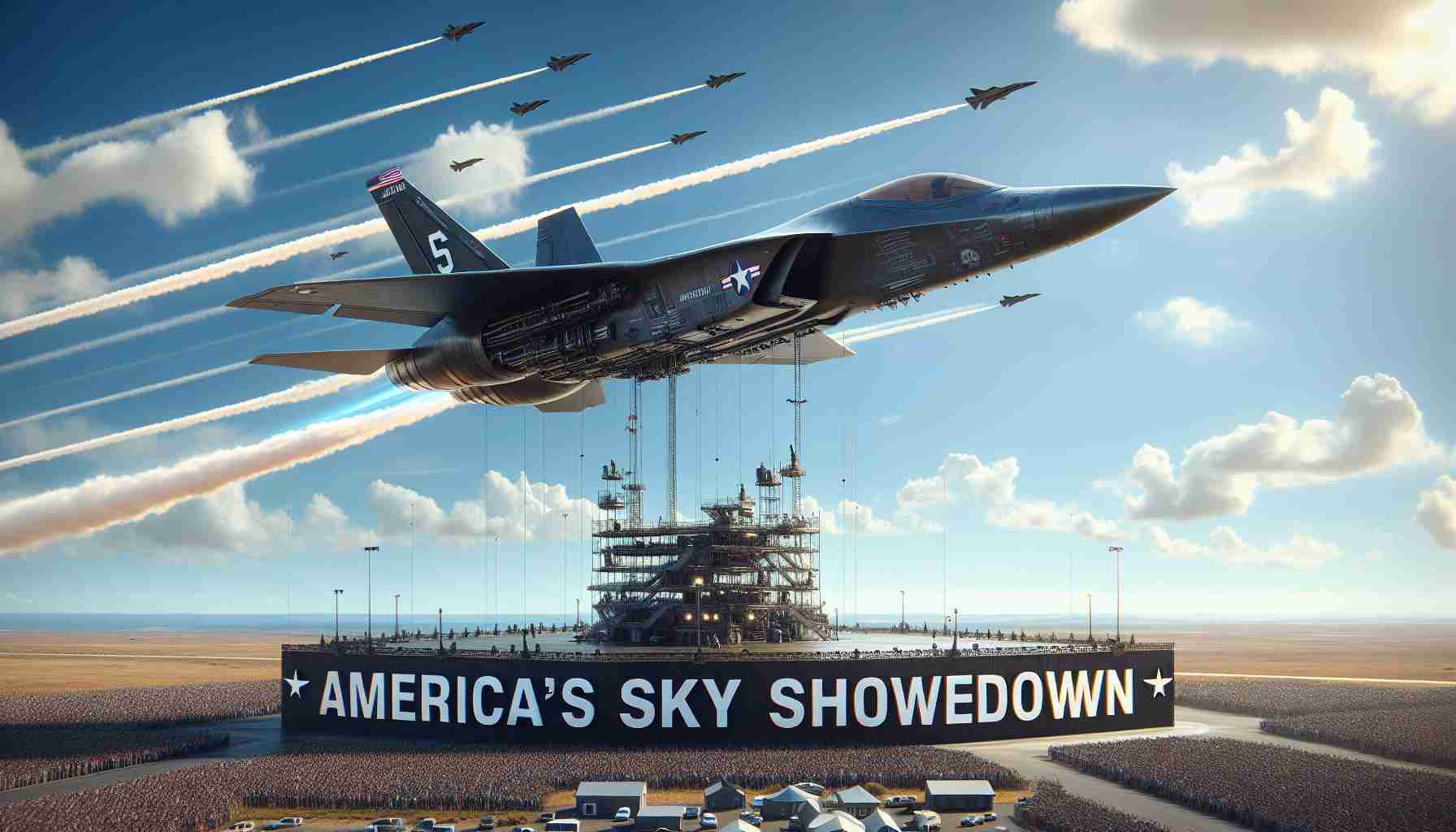The future of the U.S. Air Force’s Next Generation Air Dominance (NGAD) fighter jet is uncertain as it faces potential changes with the new Trump administration. Envisioned as a sixth-generation aircraft to succeed the F-22 Raptor, the NGAD has sparked debate due to its high costs and ambitious technological goals.
The NGAD concept, revealed in September 2020, promises cutting-edge stealth and combat capabilities. However, its price, surpassing that of the F-35, raises affordability concerns, especially with countries like China advancing rapidly in military aviation.
Adding pressure, China has showcased prototypes that could challenge the U.S. in air superiority. Despite this, questions linger about whether NGAD’s expensive vision aligns with Trump administration’s evolving defense priorities.
Elon Musk, advising President-elect Donald Trump, questions the focus on traditional manned fighter jets. He argues that unmanned systems, like drones, are the future, suggesting they render manned aircraft obsolete in modern warfare.
In response to cost concerns, Air Force Secretary Frank Kendall at the Air, Space & Cyber Conference, emphasized the need for financial management within the NGAD program. Proposed solutions include Collaborative Combat Aircraft (CCA), autonomous systems intended to work with manned jets, potentially lowering costs with a target price of $25 million per unit.
While the Trump administration’s official stance remains unclear, speculations suggest a pivot towards cost-effective solutions or a versatile fifth-generation-plus fighter. The ongoing debate highlights the challenge of balancing innovation with budgetary constraints. The outcome of this decision will test the Air Force’s adaptability to global challenges and shifting priorities.
The Uncertain Future of the U.S. Air Force’s Next-Generation Air Dominance Fighter
The U.S. Air Force’s Next-Generation Air Dominance (NGAD) program remains a focal point of debate in military circles, particularly regarding its feasibility and strategic importance. As the potential spearhead of sixth-generation aircraft technology, it faces substantial scrutiny, especially with changing political administrations and evolving defense priorities.
Innovations and Specifications
Envisioned as a leap forward in aviation technology, the NGAD promises unprecedented capabilities, emphasizing cutting-edge stealth, unprecedented agility, and enhanced combat performance. Unlike its predecessors, it aims to integrate advanced technologies such as artificial intelligence, enhanced connectivity, and advanced sensors to facilitate both defensive and offensive operations in contested airspaces. Moreover, a modular design might allow for evolving weaponry and sensors, ensuring adaptability to future threats.
Financial Management and Collaborative Combat Aircraft
Amid concerns over spiraling costs, the NGAD program may undergo substantial financial re-evaluation. Air Force officials, such as Frank Kendall, have highlighted potential strategies to mitigate expenses, such as incorporating more Collaborative Combat Aircraft (CCA). These autonomous aircraft would operate in concert with manned jets, offering a force multiplier effect at a fraction of the cost. A unit target price of $25 million for these autonomous systems is proposed, which presents a significant saving compared with the costlier manned jets.
The Case For Unmanned Systems
Prominent voices, including tech visionary Elon Musk, have questioned the strategic direction of investing heavily in manned aircraft. Musk suggests a greater emphasis on unmanned aerial systems, positing that drones represent the future of air warfare. With advancements in artificial intelligence and remote operation, drones could potentially surpass traditional manned aircraft in terms of efficiency and safety.
Market and Strategic Analysis
Globally, competition in military aviation is heating up. Rivals such as China have already unveiled their next-generation prototypes, putting additional pressure on U.S. dominance in the skies. This geopolitical context further complicates the decision-making process concerning the NGAD program, as it must not only compete technologically but also present a credible deterrence strategy.
Trends and Predictions
While the program’s future remains under deliberation, industry experts predict a shift towards more versatile and cost-effective solutions, potentially blending current fifth-generation technology with next-generation enhancements—a fifth-generation-plus concept. It underscores the need for platforms that can effectively counter emerging global threats while remaining within realistic budgetary constraints.
Conclusion
The NGAD program stands at a crossroads of technological ambition and fiscal reality. The decisions made will critically impact the U.S. Air Force’s strategic capabilities and its ability to maintain air superiority in a rapidly evolving global defense landscape. The outcome will determine not only the future of U.S. military aviation but also shape the broader discourse around innovation and fiscal responsibility in defense procurement.
For more information on advancements in air defense and military aviation, visit the U.S. Air Force official website.







